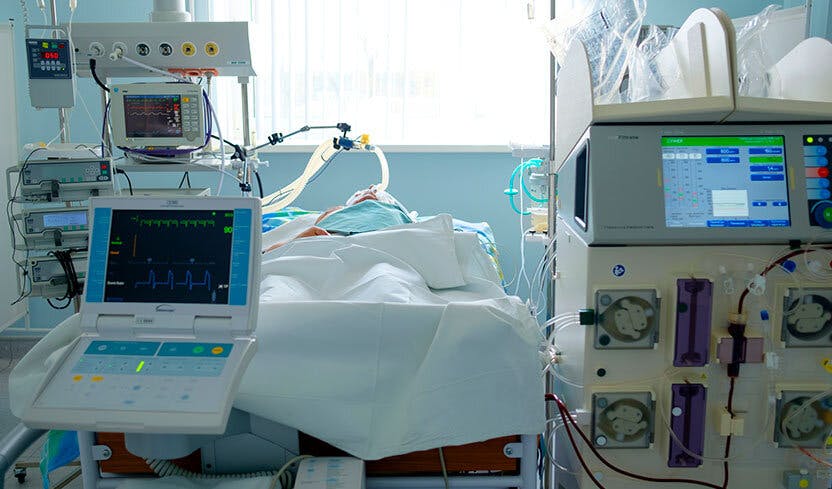Neurocritical care physician seeks clearer answers on how to determine brain death and what that means

Fernando D Goldenberg, MD, FNCS, fell into neurocritical care almost by coincidence. As a young critical care physician working in his home country of Argentina, he practiced under a famous neurosurgeon whose renown drew many challenging patients to the intensive care unit of their small hospital. He found himself fascinated with the challenge of treating brain injuries.
“There’s something unique to the brain — I could see that we would change the future for patients with acute brain injury, that new developments in the field would be coming soon,” said Goldenberg, a neurointensivist at the University of Chicago Medicine. “Even then, years ago, when we had cases for which there weren’t firmly established treatments available, I could see the prospects for new treatments in the future.”
In the years since, Goldenberg has become a specialist in critical care and neurocritical care and is the Director of the
